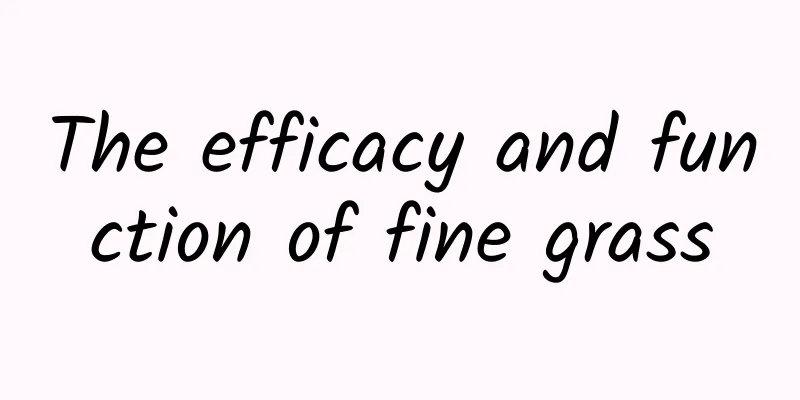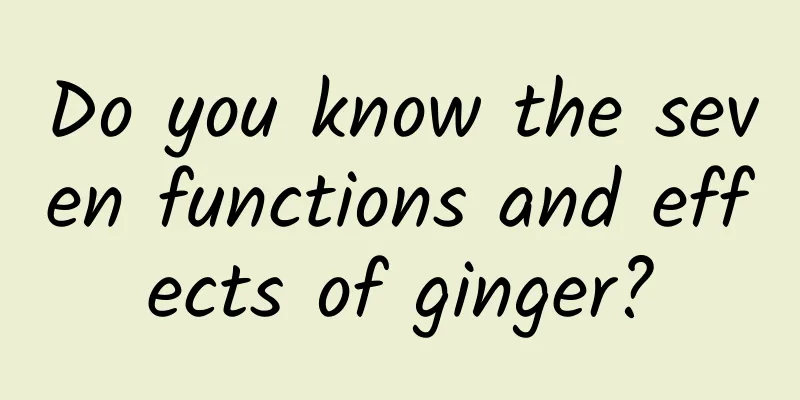Some people are made of water, some people are made of tears

|
Some people are made of water, some people are made of tears. Some people may have this kind of distress: "Why do I cry so easily? Even when my emotions are not fluctuating too much, I still shed tears easily. Am I sick?" Netizens usually define this type of people as "tear incontinence" (although there is no such definition in medicine), which is what we often call a low tear point. When it comes to "tear incontinence physique", the first person that comes to Tadpole's mind is Lin Daiyu. According to incomplete statistics from Zhihu netizens, in the first 80 chapters, Lin Daiyu cried a total of 13 times for Baoyu and cried 9 times due to homesickness. Of course, this may not include Lin Daiyu crying secretly alone, otherwise the number of times would be even greater. Although these 22 times of tears were caused by Fairy Jiangzhu in order to repay her tears, it is also innate and she deserves the title of "tear incontinence physique". In addition, when we watch variety shows, we will also see that many people also have "tear incontinence physique". What exactly is the “low tear point”? 1. Physiological aspects This may be due to the naturally developed mirror neurons. Mirror neurons exist in the brain and are mainly used to understand other people's behavioral intentions and experience other people's emotions. It acts like a mirror, replicating other people's emotions, thus creating an "empathy" experience. For example, when we see others getting nervous, we will also feel nervous; when we see others getting angry, our scalp will also tingle; when our friends are sad and crying, we will also feel bad inside... When you feel a certain emotion or see other people express some emotion, your mirror neurons will become active. Therefore, people with tear incontinence are not necessarily fragile or sensitive, but may have overdeveloped mirror neurons. Tears are the brain's way of relieving emotions. Human tears can generally be divided into three types: basic tears, which are used to moisten the eyeballs and prevent dryness; reflex tears, which are produced to protect the cornea when a foreign object accidentally touches the eyes, so as to flush out the irritant; and emotional tears, which are tears shed when people express sadness, anger, or emotions such as being touched or happy. When people are dominated by these emotions, they are in a state of high psychological and physiological tension, and chemicals such as catecholamines are produced. These substances accumulate in the body, which in the long run will affect physical and mental health, and easily lead to cardiovascular and cerebrovascular diseases. So even if people with tear incontinence don't want to cry, their smart brains detect these nervous signals and don't know what to do, so just let them cry! Studies have shown that tears can prompt us to breathe deeply, thereby slowing down our heart rate and calming our emotions, which is also beneficial to maintaining health. Some experts have found that women generally live 5-10 years longer than men, and one of the important factors is that women are good at crying. American scholars have found that emotional depression can cause the human body to produce some harmful biologically active components, and people's emotions will be relieved after crying. 2. Psychological aspects From a psychological perspective, people's temperaments can be divided into four types: sanguine, phlegmatic, choleric and melancholic. Tear incontinence is closer to melancholic temperament. Most people in this category are delicate, lack a sense of security, tend to be introverted, have rich imagination, strong empathy, and are not good at socializing. Tear incontinence is not necessarily a mental illness. It can be judged from three aspects: whether there is a reason for crying, the degree and duration of crying each time, and whether it affects normal social interaction and personal life. 3. Sociology As social animals, tears are, in a sense, a product of socialization. Tears, as a visible emotional signal, are always related to people's current situation. For example, some people cry after being severely criticized, which makes people around them realize that the predicament they are facing is beyond their tolerance. American psychologist Jonathan Rottenberg believes that this helps prevent the other party from continuing to attack, and at the same time it can show one's own vulnerability, allowing the other party to reduce their vigilance and hostility, and even generate sympathy. This is why some people associate tears with words such as "cowardice" and "timidity". This may be related to the living environment. Left-behind children, children who grow up in single-parent families and other environments often use this protection strategy to get more attention because they do not receive enough care. Don't want to "tear incontinence"? Then do this Pay attention to your emotions Once tear incontinence starts, it is usually difficult to stop. You should pay attention to it at the initial stage of your emotions, face it, and then face it "calmly". Focus on objective reasons Friends who suffer from tear incontinence can try to focus on the reasons for their emotions. Pull yourself away from the emotions for a while, "I'm not a coward, I just happen to feel sad." By talking and communicating with friends, you can find the deep-seated reasons for feeling sad and wanting to cry every time. Lack of security, fear? Worry, anxiety? Only by investigating the causes can we find solutions. Accept it and try to find other ways to replace tears Little crybabies should not dislike their crying habit, but try to accept it and not think that they are sick. When you are emotional, don't hide in the corner and be emo. Go out with friends more often, or participate in fitness exercises such as jogging and hiking. You can also listen to pleasant and soothing music, or write a diary to record your current mood. "Tear incontinence" or "low tear point" may not mean weakness, but rather it means that you have stronger empathy and can empathize with others. Touch the crying self, learn to accept, and get close to and embrace the kind and soft self. Tadpole: When was the last time you cried? What was it about? END Reviewer: Li Xianhong, National Level 2 Psychological Counselor at the Psychological Counseling Center of the 371 Central Hospital of the People’s Liberation Army Tadpole Musical Notation original article, please indicate the source when reprinting Editor/Heart and Paper |
<<: Is the wind on the Qinghai-Tibet Plateau really “weak and powerless”?
Recommend
The efficacy and function of dragon bone lotus
There are so many medicinal herbs in the world, a...
The efficacy and function of red indigo
Red indigo is a kind of Chinese herbal medicine. ...
What medicine should I take for stomach fire and bad breath?
Bad breath caused by stomach fire may be caused b...
Which diseases are most common in emergency departments during the Spring Festival? These two are extremely dangerous!
Cholelithiasis and pancreatitis are both common a...
The efficacy and function of the spatholobus pedunculata
As people's living standards continue to impr...
The person who invented frying is such a genius. Can icicles and beer be fried?
As the weather gets colder, many people fall in l...
The efficacy and function of longan meat [picture]
Longan meat [picture] is a very common Chinese me...
The efficacy and function of Caulis Spatholobi
With the development of society and the close int...
Academician Zhang Boli has maintained this habit for 20 years: walking 7,000 steps a day is best!
Reviewer of this article: Chen Haixu, Deputy Dire...
The efficacy and function of Niuteng
Many people don’t know what Niu Teng is, but Chin...
Effects and functions of wolfberry and Poria
Nowadays, many health teas have good health effec...
What are those little red spots that suddenly appear on my body? Can they turn into cancer?
I believe many people have had this experience - ...
The efficacy and function of licorice and platycodon
The gentian flower is loved by many people becaus...
The efficacy and function of Rhizoma Cynomorium
Traditional Chinese medicine has always been the ...
Li Ziqi's favorite "lacquer" is so beautiful in Fujian
Three years later Li Ziqi, the popular short vide...









